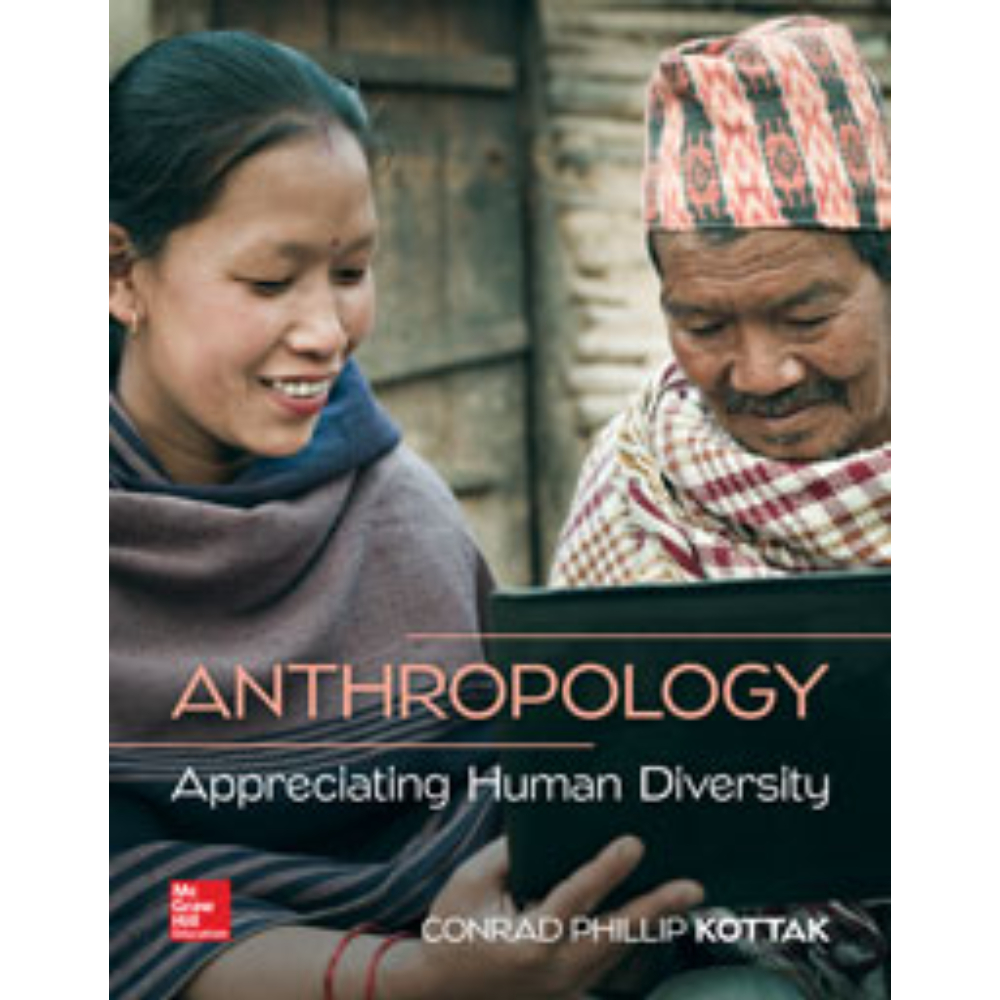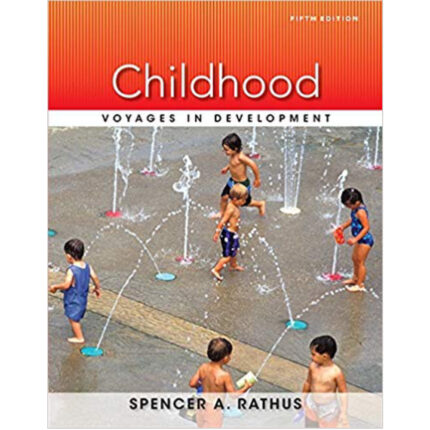MULTIPLE-CHOICE QUESTIONS
1. To what did Kent Flannery (1969) refer with the term broad-spectrum revolution?
A. the period in which Asia became the only place in the world with communities leading a sedentary life and engaging in food and animal domestication
B. the period in which the first large states began to grow, although there was nothing actually “revolutionary” about it because this process occurred very gradually
C. the period in which a wider range of tools was being fabricated, for both utilitarian and ritualistic purposes
D. the period beginning around 15,000 B.P. in the Middle East and 12,000 B.P. in Europe, during which a wider range of plant and animal life was hunted, gathered, collected, caught, and fished
E. the period between 20,000 B.P. and 10,000 B.P. when anatomically modern humans colonized the entire world, made possible by a smarter utilization of a wider range of environments
Answer: D
Learning Objective: Understand the definitions of Mesolithic and Neolithic, and how changes in human subsistence techniques first arose in world regions.
Topic: Defining Mesolithic and Neolithic
2. The broad-spectrum revolution in Europe included the late Upper Paleolithic and the Mesolithic, which followed it. What tool type characterized the Mesolithic?
A. blade
B. core
C. axe
D. microlith
E. spear
Answer: D
Learning Objective: Understand the definitions of Mesolithic and Neolithic, and how changes in human subsistence techniques first arose in world regions.
Topic: Defining Mesolithic and Neolithic
3. Which of the following is NOT true regarding Europe by 10,000 B.P.?
A. The range of hunting, gathering, and fishing populations extended to the formerly glaciated British Isles and Scandinavia.
B. The continent was forest rather than treeless steppe and tundra, as it had been during the Upper Paleolithic.
C. As a consequence of the increase in forest species, people increasingly practiced new hunting techniques, mainly solitary stalking and trapping, similar to more recent practices of many Native American groups.
D. The process of preserving meat and fish by smoking and salting grew increasingly important.
E. The continent’s coasts and lakes were fished intensively with new technologies such as the characteristic Mesolithic stone blades and cores used as fishhooks and in harpoons.
Answer: E
Learning Objective: Understand the definitions of Mesolithic and Neolithic, and how changes in human subsistence techniques first arose in world regions.
Topic: Defining Mesolithic and Neolithic
4. What is the name given to the cultural period in which the first signs of domestication were present?
A. Upper Paleolithic
B. Mesolithic
C. Microlithic
D. Chalcolithic
E. Neolithic
Answer: E
Learning Objective: Understand the definitions of Mesolithic and Neolithic, and how changes in human subsistence techniques first arose in world regions.
Topic: Defining Mesolithic and Neolithic
5. Middle Eastern food production arose in the context of four environmental zones. From highest altitude to lowest, they are:
A. high plateau, Natufian fields, Mesopotamia, and alluvial desert (the area watered by the Tigris and Euphrates Rivers).
B. Zagros, piedmont steppe, hilly flanks, and alluvial plains.
C. high plateau, hilly flanks, piedmont steppe, and alluvial desert (the area watered by the Tigris and Euphrates Rivers).
D. high zone, middle-high zone, middle-low zone, and low zone.
E. Ali Kosh, high plateau, Mesopotamia, and piedmont steppe.
Answer: C
Learning Objective: Understand the significance for plant domestication of the distinct environmental zones in the Middle East’s Fertile Crescent.
Topic: Plant domestication in the Fertile Crescent
6. Where do scholars believe food production first began in the Middle East?
A. marginal zones
B. alluvial desert
C. hilly flanks
D. desert oases
E. high plateau
Answer: A
Learning Objective: Understand the significance for plant domestication of the distinct environmental zones in the Middle East’s Fertile Crescent.
Topic: Plant domestication in the Fertile Crescent
7. Where did the earliest domestication of animals and plants in the Middle East occur?
A. in desert oases
B. in the area where wild forms of wheat and barley grew
C. along the banks of the Nile
D. in the marginal zone next to the hilly flanks
E. in the Fertile Crescent, where the world’s first civilization emerged
Answer: D
Learning Objective: Understand the significance for plant domestication of the distinct environmental zones in the Middle East’s Fertile Crescent.
Topic: Plant domestication in the Fertile Crescent
8. What is sedentism?
A. life in permanent villages
B. living off domestic species
C. transhumance
D. a capitalist-based exchange
E. living off wild species
Answer: A
Learning Objective: Understand the definitions of Mesolithic and Neolithic, and how changes in human subsistence techniques first arose in world regions.
Topic: Defining Mesolithic and Neolithic
9. When did sedentary life develop in the Middle East?
A. before farming and herding
B. after farming, but before herding
C. after herding, but before farming
D. after farming and herding
E. at the same time that farming and herding developed
Answer: A
Learning Objective: Understand the significance for plant domestication of the distinct environmental zones in the Middle East’s Fertile Crescent.
Topic: Plant domestication in the Fertile Crescent
10. The Natufians’ ability to exploit their rich local environment with broad-spectrum foraging made it possible for them to
A. live in year-round villages prior to the emergence of domestication.
B. establish the foundations of a complex state even prior to boosting food production.
C. experiment with agricultural techniques that would eventually lead to increased food production and a truly sedentary lifestyle.
D. have a nutritious diet with staples ranging from millet to manioc.
E. incorporate roaming herding groups into their sedentary communities.
Answer: A
Learning Objective: Understand the significance for plant domestication of the distinct environmental zones in the Middle East’s Fertile Crescent.
Topic: Plant domestication in the Fertile Crescent













Reviews
There are no reviews yet.